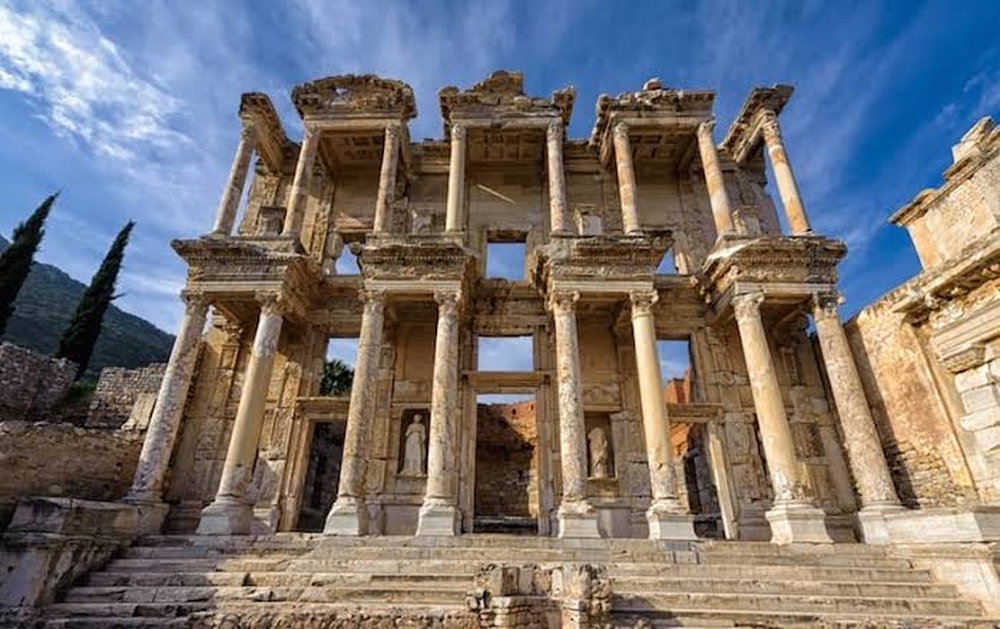Istanbul – Saba:
Archaeologists have uncovered the remains of a rare Greco-Roman library dating back 2,000 years in the ancient Greek city of Stratonikeia, southwestern Turkey, revealing new insights into the architectural and cultural heritage of one of antiquity's largest marble cities.
Located at the intersection of four main streets, the library was first constructed during the Hellenistic period, redesigned in the Roman era, and remained active until the 4th century AD, as evidenced by mosaics added during that time. Inscriptions indicate its designer was a master builder from Ephesus.
Researcher Bilal Söğüt stated: "We've been excavating this structure for five years, uncovering key sections including the main entrance, southern portico, central courtyard, reading hall, and adjacent rooms. These findings confirm the existence of a library of exceptional size and importance".
A powerful earthquake in the early 7th century caused massive destruction in Stratonikeia. Though the city declined, portions of the library survived, offering a rare window into its legacy of learning and civic life.
Archaeologists have now fully mapped the building's design and tracked modifications made across centuries. Researchers note the ground plan differs from all known Anatolian libraries and may have influenced a later North African library, suggesting Mediterranean-wide connections.
Previously known as the "City of Gladiators," Stratonikeia has seen continuous excavations since 1977. The current research is led by Prof. Dr. Bilal Söğüt from Pamukkale University, who also oversees work at nearby Lagina Sanctuary.
Founded during the Hellenistic period and named after Stratonice, wife of Seleucid King Antiochus I, the city maintained its strong Greek identity under Roman rule, reflected in its architecture, inscriptions, and urban layout.
Renowned for its lavish public buildings, theaters, and temples, Stratonikeia thrived as a cultural and commercial hub in ancient Caria. Its blend of Greek and Roman influences makes it one of Anatolia's best-preserved classical cities.

| more of (International) |




